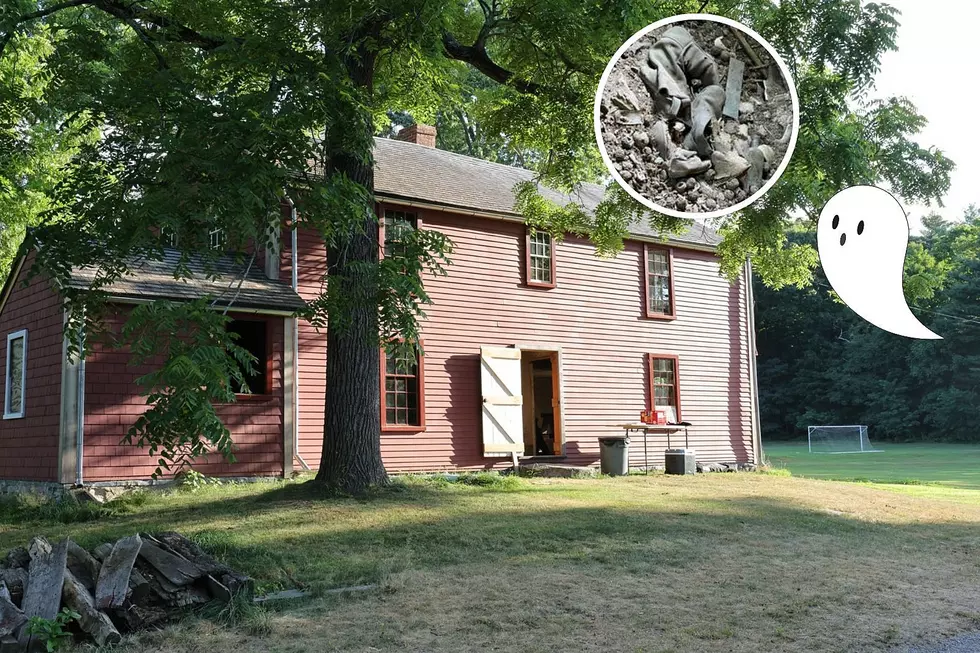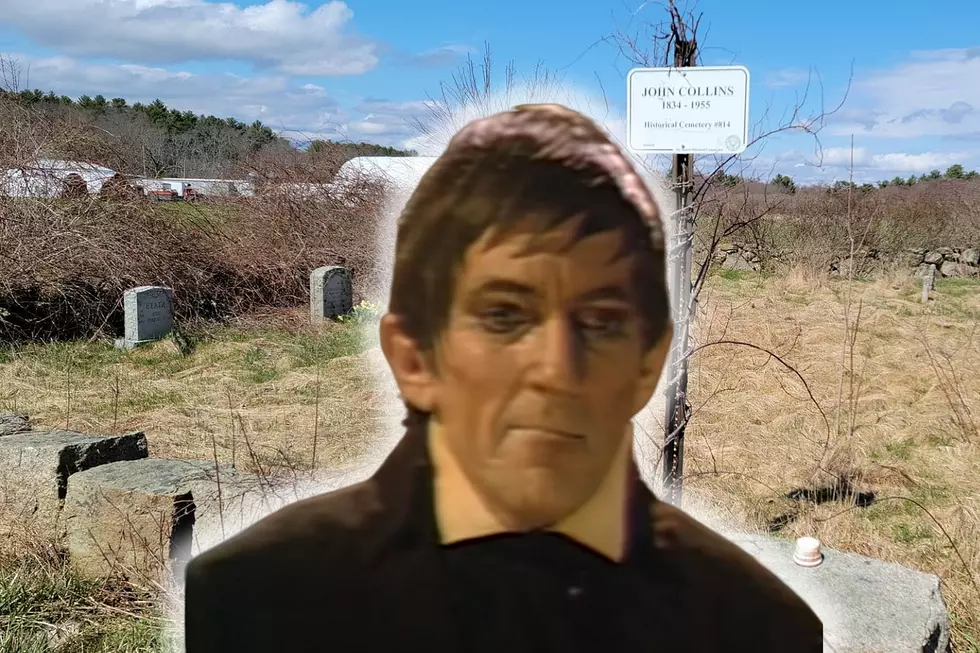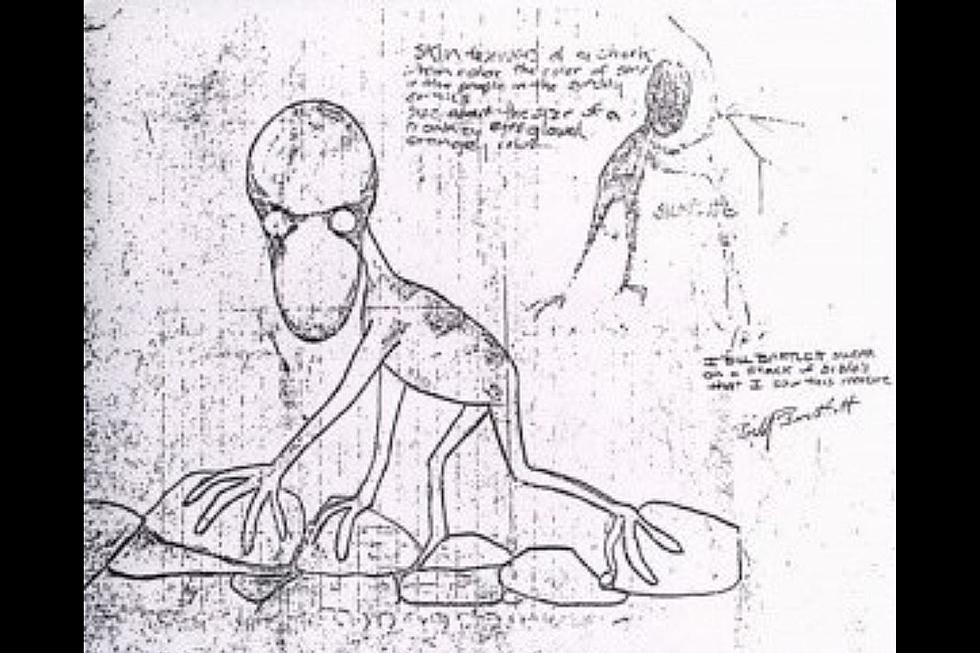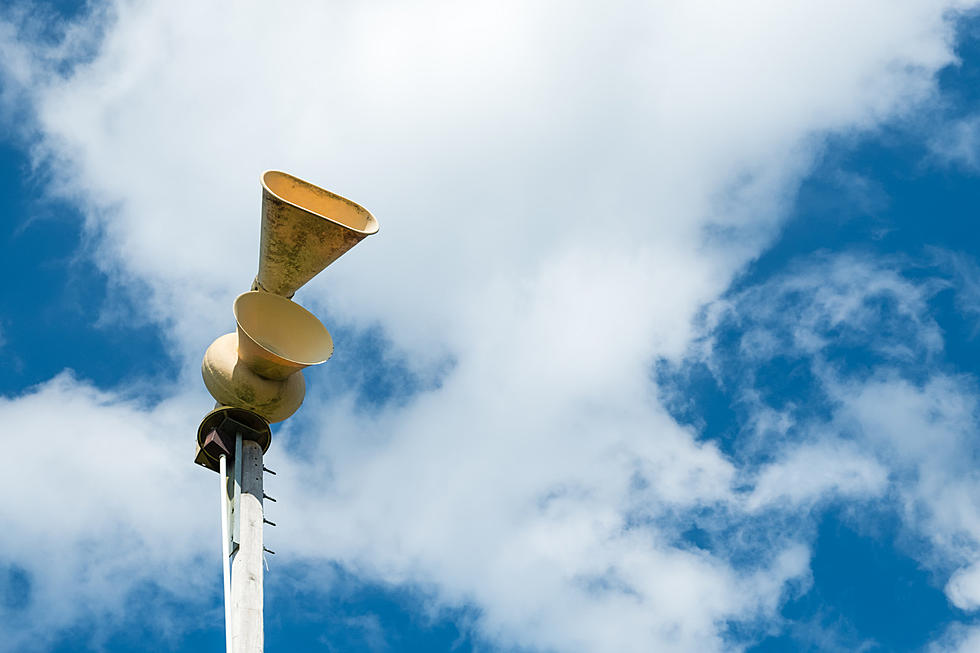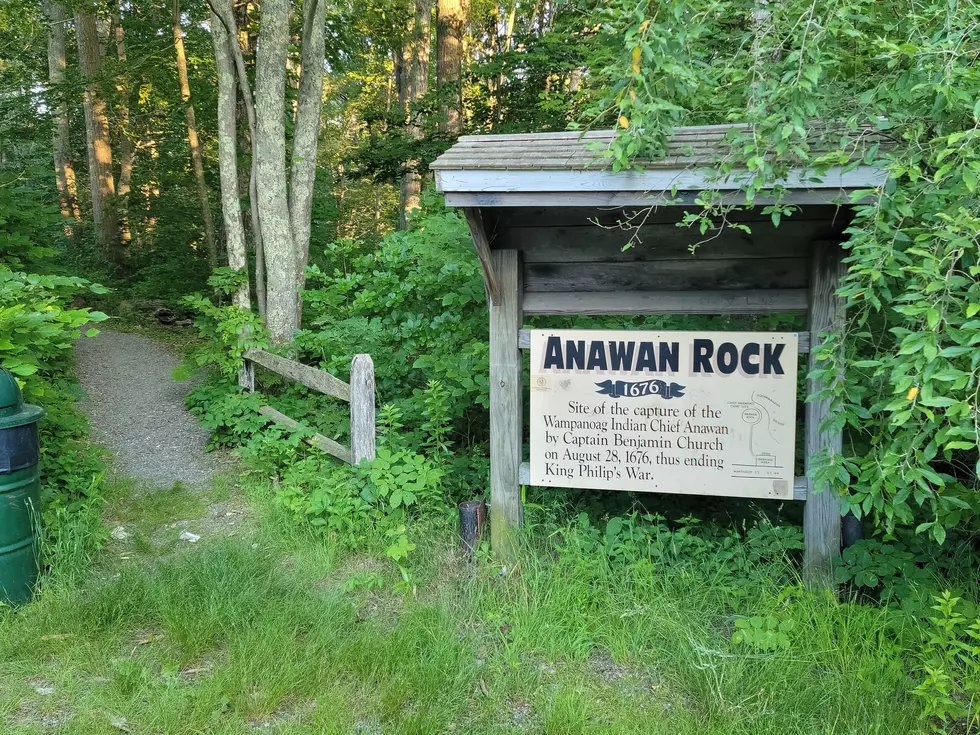
Anawan Rock is an Important and Haunted Site in Southern Massachusetts
Tucked away along the side of Route 44 in Rehoboth, Massachusetts is one of the most significant sites in the history of the SouthCoast, but you’d never know it from our school history books.
Anawan Rock is the place where the Wampanoag it is named for surrendered to the English colonists, effectively ending the bloody conflict known as King Philip’s War.
King Philip’s War began on June 20, 1675. “King Philip” was the English name for Metacomet, the sachem, or chief, of the Wampanoag people. He was one of the two sons of their legendary leader, Massasoit, who had first helped the Pilgrims upon their arrival in 1620; his elder son Wamsutta, whom the English called Alexander, had taken over as sachem upon Massasoit’s death.
However, as the relationship between the English and the Natives soured, Wamsutta was arrested by the English for selling a parcel of land after there had been an edict that colonists could no longer engage in commerce with the Wampanoags. Wamsutta was taken into custody by the English and forced to march from Plymouth to Governor Josiah Winslow’s house in Marshfield. Along the way, Wamsutta died; the English said he caught sick, but Metacomet suspected his brother was murdered.

At the heart of the conflict between the two sides were the so-called “Praying Indians,” Wampanoags who had converted to Christianity. One such “Praying Indian” was John Sassamon, who served as an intermediary between the two sides. Sassamon informed the English that Metacomet was planning to engage in a war with the colonists; Sassamon was soon found dead under the ice of Assawompset Pond in Lakeville, and three Wampanoags were convicted of his murder and hanged.
War soon erupted between the two sides and became the bloodiest conflict ever fought on this land; a larger portion of the population (both English and Wampanoag) died in King Philip’s War than in the Civil War nearly 200 years later.
On August 12, 1676, Metacomet was shot and killed at Mount Hope in Bristol, Rhode Island. His body was drawn and quartered, and he was beheaded – with his head then placed on a pike in the center of Plymouth, where it stood for 20 years.
About two weeks after Metacomet’s death, his loyal chieftain Anawan was captured at what is now known as Anawan Rock. Anawan and his men readily surrendered to Captain Benjamin Church and his army, and he was promised that his life would be spared; however, he soon suffered the same fate as Metacomet.
According to legend, Anawan had in his possession the Wampanoag wampum belt, which was beadwork that told the history of the tribe and was their most sacred possession. Upon his capture, Anawan surrendered the wampum belt to Church and his men, and nobody knows what actually became of it. Some say it ended up in a museum in England, while others suggest it was broken into pieces and handed out to members of the colonial army as one of the spoils of war.
Anawan Rock is part of the Bridgewater Triangle, a paranormal vortex that encompasses all of Southeastern Massachusetts and into Rhode Island. Within the Bridgewater Triangle, all sorts of paranormal activity occurs, from UFO sightings to Bigfoot experiences. One of the most prominent types of phenomena is ghosts, and Anawan Rock has more than its share.
For centuries, it has been reported that phantom fires are seen burning in the woods, with smoke rising above the trees; however, there is no actual fire burning, and it is believed these are just the ghostly remnants of the fires of Anawan’s men.
Shadow figures are also reported running through the woods around the rock and even spotted atop it. Commonly, mysterious Native drumming is reported, and there are even reports of phantom cries of “Iootash!,” which it is said is a Wampanoag word that translates to “stand and fight.”
According to some legends, the paranormal activity of the Bridgewater Triangle is a consequence of King Philip’s War and it will only cease if and when the wampum belt is returned to the Wampanoag people. Others suggest that the war was just another symptom of the Triangle.
Either way, Anawan Rock still holds a power to it today, and you can’t help but stand in reverence of the sacrifices made by the Wampanoag people when the English came and took over their land.
Paranormal Activity Reported in Massachusetts' Bridgewater Triangle
LOOK UP: Recent UFO Sightings on the SouthCoast
More From 92.9 NiN



